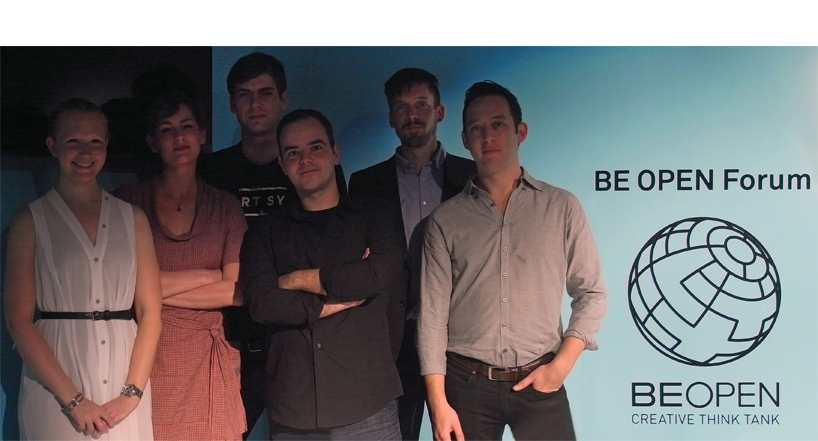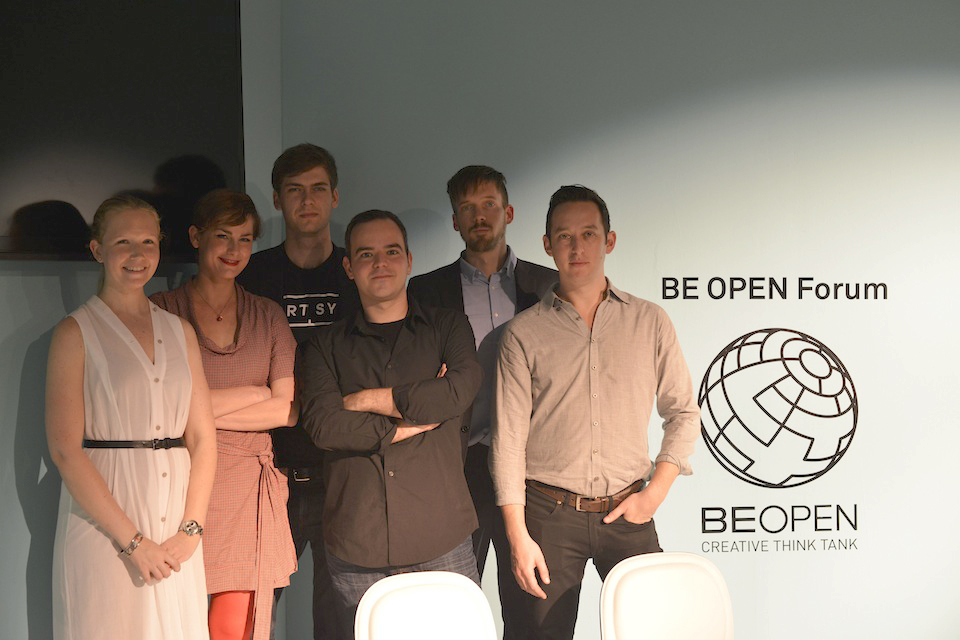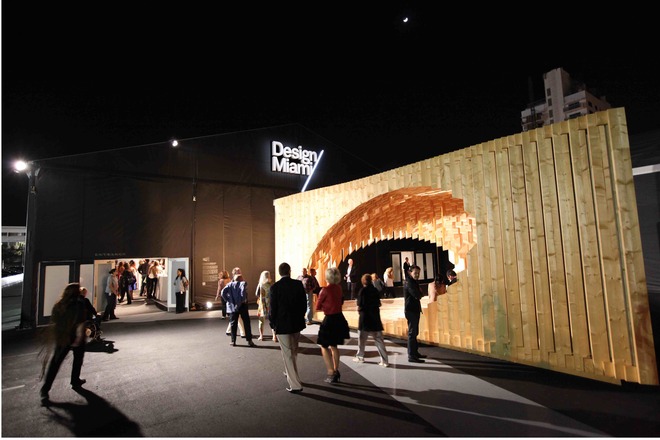BE OPEN Made in…India Exhibition, Delhi Feb 10-28/14
Samskara Brand Concept Store
For the BE OPEN Made in…India exhibition in Delhi which opened Feb 10, 2014, renowned architect and educator, Anupama Kundoo, transformed interiors of the Indira Gandhi National Center for the Arts into a environment of calm and balance–and a zone of chic–with modern fixtures, indoor pools and local hand-carved stone used in original ways.
















